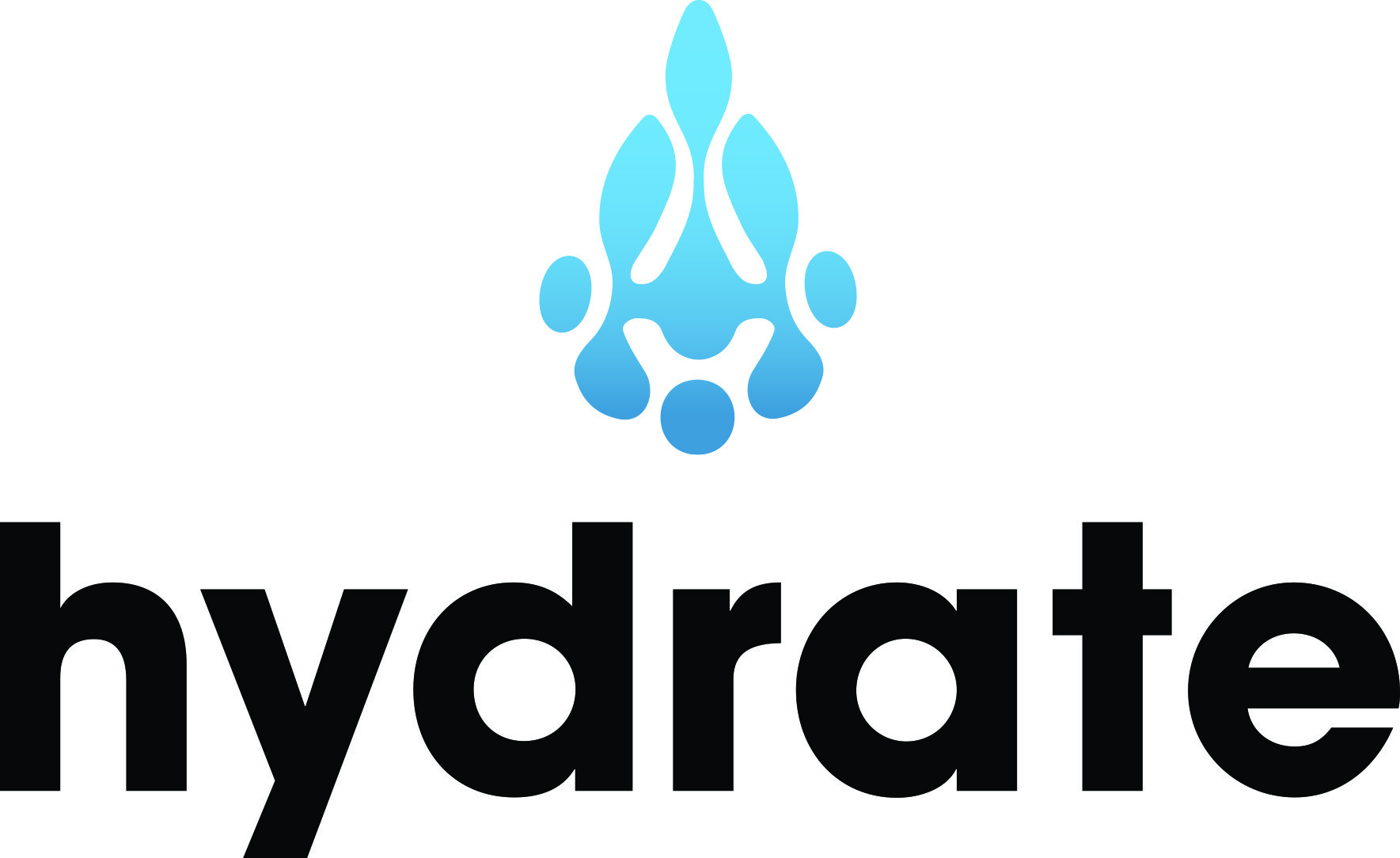Let’s talk about hygiene. We all recognize its importance in the mundane areas of life, but not all of us have considered the concept as it applies to our online marketing strategy –specifically, something marketers refer to as “email list hygiene.” As the name indicates, email list hygiene’s objective is to optimize the efficacy of email marketing campaigns and e-blasts by keeping contact lists “clean.”
Email marketing is more sophisticated than ever, allowing us to send targeted, personalized messages and build business relationships from the ground up. Without a strong foundation in the form of an accurate contact list, however, none of these possibilities can come to fruition. While business owners often have the advantage of knowing their clients as real people who change names, jobs, and even fields, technology hasn’t caught up to us in this respect. Without proper maintenance, your carefully garnered roster of names can quickly grow obsolete.
List hygiene involves a combination of updating contact’s information, deleting bad data, and letting go of contacts who aren’t opening/responding to your emails. As business owners, we know that a bigger email list is not necessarily better, especially when much of that audience is not interested in hearing what we have to say. A relatively smaller but engaged audience is much more valuable, not least due to the email provider algorithms that use clicks and opens to calculate the inbox placement of every e-promotion. When emails go out to people who don’t read them, clicks and opens suffer, which causes inbox placement to take a hit, leading to lower subscriber engagement rates overall.
Subscribers are generally considered inactive after going six months without opening an email; to double check their disinterest, feel free to place these individuals on a separate list and engage a final “remember us?” sequence. While you’re at it, take a close look at the names on your list, sifting out any typos, role accounts, and spam traps that have snuck their way in. Another great monitoring tool is the customer satisfaction survey –or any survey, for that matter. Client feedback is always mutually beneficial in the end. Finally, if the entire process is too time-consuming, third party programs like Verifalia (http://verifalia.com/) are designed to take the guesswork out of things, albeit at significant expense.
Email list hygiene might top your list of stultifying routines, but it’s crucial to effective business communication. Paying attention to your email audience will be worth your while.








